
- Details
- By:
- Category: Coin Collecting
As a seasoned coin collector and dealer with a substantial background spanning three decades, I possess a deep appreciation for the intricate world of numismatics. Within the realms of this esteemed hobby lies not only the thrill of pursuit for the rarest and most unique coins but also a profound connection to history and the significant icons embedded within their metallic canvas.
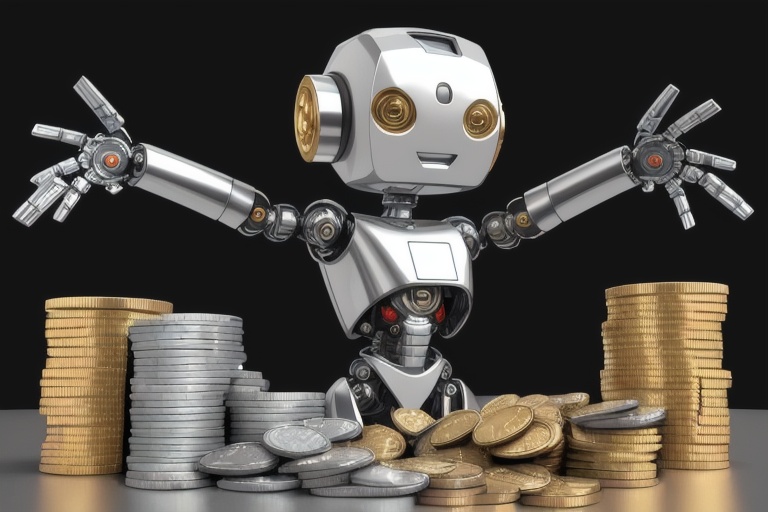
- Details
- By:
- Category: Machine Learning
Artificial Intelligence (AI) has transcended the realms of science fiction to become a cornerstone of the modern technological landscape. This breathtaking evolution in computing is transforming the way we interact with and understand the world around us. AI is no longer just a tool for streamlining tasks; it has become a transformative power reshaping industries such as finance, education, and healthcare. By leveraging intelligent algorithms and machine learning models, businesses and organizations are redefining efficiency and productivity. In this edition of "Ask INDIAai," we will delve into some of the most compelling queries about AI's role and its vast implications for society. Our dedicated team of experts is poised to illuminate these subjects, offering a wealth of understanding to students, professionals, and the intrigued layperson.

- Details
- By:
- Category: Coin Collecting
Exploring the World of Numismatics: How Rarity, Errors, and Uniqueness Determine Coin and Bill Values
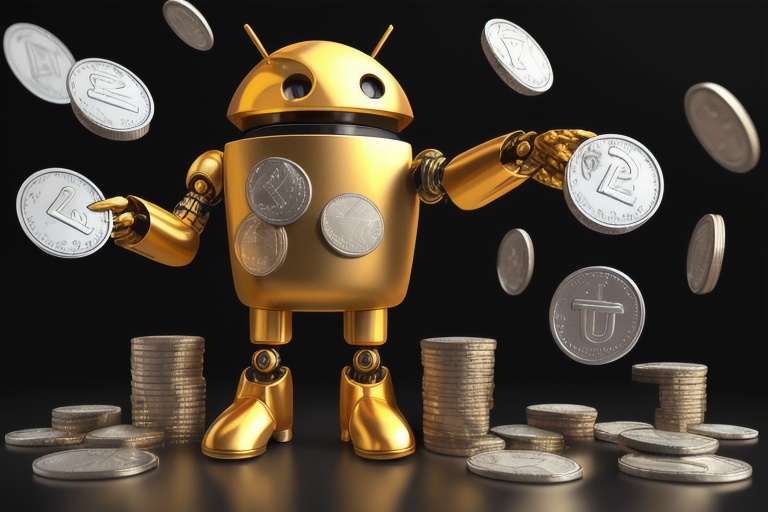
- Details
- By:
- Category: Machine Learning
Artificial Intelligence (AI) stands as one of the most transformative forces in our digital era, driving innovation and creating new paradigms in technology. Keeping up with AI and machine learning trends is essential for those who aspire to be at the forefront of this dynamic field. Whether you are new to the world of programming and AI or looking to upgrade your existing skills, comprehensive educational courses have become crucial pathways to success. One such opportunity, poised to offer cutting-edge learning, is the Artificial Intelligence course offered by Simplilearn in Miami, developed through a prestigious collaboration with the industry titan, IBM.

- Details
- By:
- Category: Coin Collecting
Coin collecting is a fascinating pursuit that merges historical interest with the potential for financial reward. The value of rare coins arises from a variety of factors that differ significantly from more typical assets such as stocks or bonds. Demand, rarity, condition, and historical significance each play a role in determining the unique worth of a coin. For the astute investor interested in diversification and long-term profit, rare coins might represent a singular opportunity.

- Details
- By:
- Category: Machine Learning
Artificial Intelligence (AI) is a constantly evolving field that profoundly impacts our daily lives and the broader technological landscape. At the forefront of the latest developments is none other than Elon Musk, CEO of Tesla and SpaceX, known for his innovative ventures and thought-provoking ideas. He has recently made waves in the tech world with the launch of a new AI company, xAI, which is set to rival the widely recognized ChatGPT developed by OpenAI. Musk's initiative, spurred by his concerns about the limitations and biases of existing AI systems, marks an ambitious effort to address these issues head-on.

- Details
- By:
- Category: Coin Collecting
Coin collecting is more than just a hobby; it is a window into the past, a form of artistic expression, and a study of economics rolled into one. If you're looking to uncover the mysteries behind your own coin collection's worth, or simply wish to indulge in the wealth of numismatic knowledge, you've come to the right place. Our blog is dedicated to guiding both novice and seasoned collectors through the fascinating realm of coins and currency, with an emphasis on the value of collectibles.
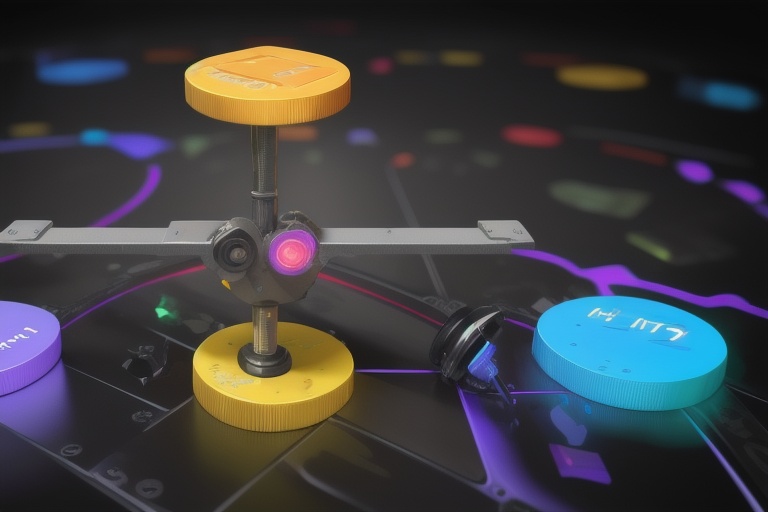
- Details
- By:
- Category: Machine Learning
Artificial intelligence (AI) is analogous to a double-edged sword, poised to catalyze a revolution across numerous dimensions of our lives, but not without introducing a suite of risks and ethical conundrums. As AI continues to evolve at an unprecedented pace, its potential to exceed human intellect presents us with pressing considerations regarding the framework of its oversight.

- Details
- By:
- Category: Coin Collecting
Numismatics is a fascinating field dedicated to the study of currency, including coins, tokens, paper money, and related objects. This academic discipline looks beyond the monetary value of these items, digging into their history, design, production techniques, and cultural significance. For many, numismatics is not just a pastime but a window into the past, shedding light on the societies that used these currencies and the economies they supported.
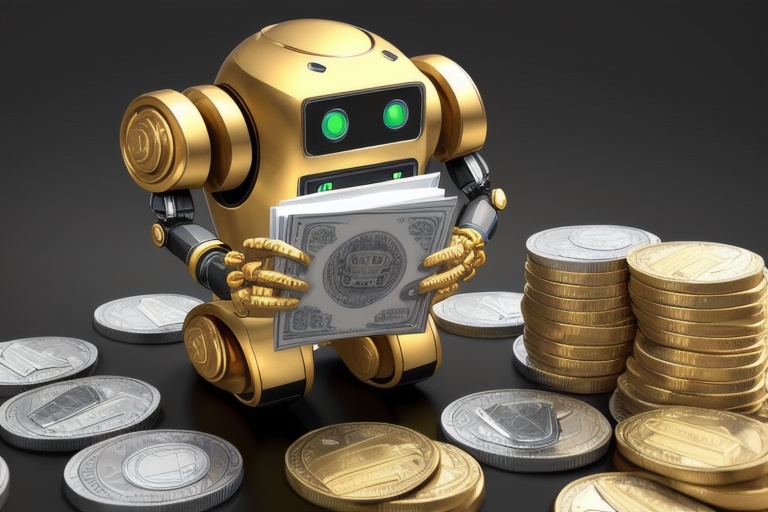
- Details
- By:
- Category: Machine Learning
Artificial intelligence (AI) and machine learning (ML) are rapidly becoming essential tools for modern programming, weaving their capabilities into the fabric of software development. As these technologies continue to mature, they are making it possible for developers to construct more intelligent systems—ones that can process data, predict outcomes, and automate a broad range of tasks with greater effectiveness than ever before. This exploration into AI and ML's impact on programming will underscore the ways in which they are enhancing our capacity to develop cutting-edge software solutions.

- Details
- By:
- Category: Coin Collecting
Welcome to the captivating realm of numismatics, the study and collection of coins and currency. As a seasoned coin dealer and collector with 30 years of experience, I've spent decades immersed in the nuances of coin values and the art of coin collecting. It's a pursuit that merges history, art, economics, and passion into a single hobby, offering tangible pieces of the past to hold in the present. This blog has been crafted to serve as your educational resource and guide through the dynamic landscape of coin valuation, providing both novices and experts with essential knowledge to enhance their collecting experience.

- Details
- By:
- Category: Machine Learning
The tech industry has been witnessing a remarkable evolution, particularly in the sectors of Data Science and Artificial Intelligence (AI). These disciplines have been instrumental in driving the modern wave of technological advancement across various industries, revolutionizing the way we perceive patterns, analyze trends, and make critical decisions.

- Details
- By:
- Category: Coin Collecting
Understanding Net Worth: Foundations of Financial Health
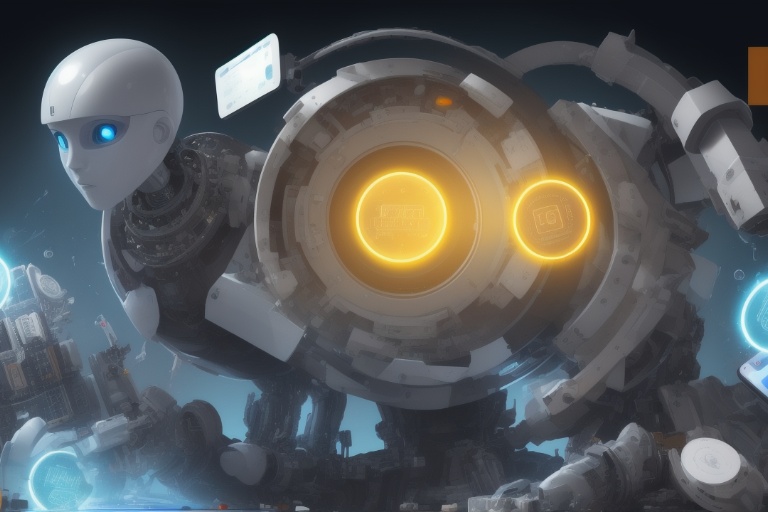
- Details
- By:
- Category: Machine Learning
Today's technology landscape is in a state of constant evolution, with programming, artificial intelligence (AI), and machine learning (ML) at the forefront of this transformation. These pivotal areas are redefining the way we experience daily life, revolutionizing industries, and shaping our interactions with the digital world. The significance of these fields cannot be overstated—they are the driving forces behind intelligent automation, sophisticated data analysis, and the creation of smart, adaptable systems.

- Details
- By:
- Category: Coin Collecting
The realm of numismatics is both vast and intricate, offering enthusiasts and investors a world of history, art, and value wrapped into small, tangible pieces of metal. Coin collecting, at its core, is driven by a passion for these miniature reliquaries of culture and economy, but their collection is not reliant on passion alone. The crux of numismatics often comes down to the value and authenticity of coins, where third-party grading services wield substantial influence on the market decisions of buyers and sellers.
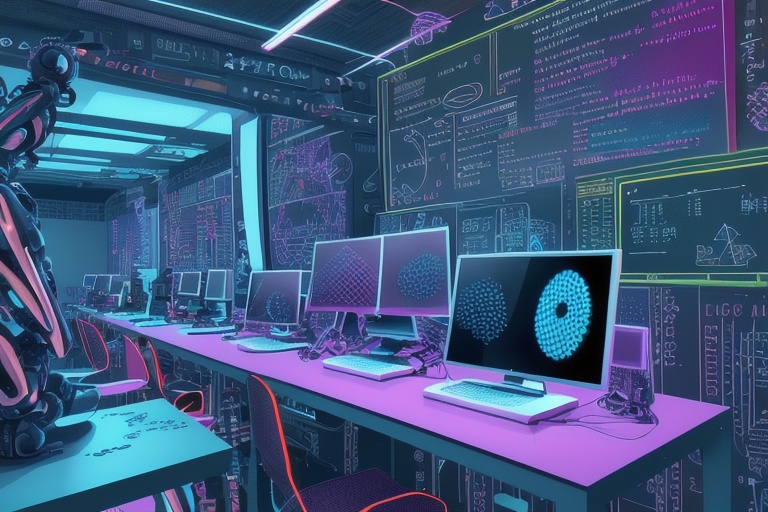
- Details
- By:
- Category: Machine Learning
Artificial intelligence (AI) and machine learning (ML) are rapidly transforming the technology landscape, presenting both opportunities and challenges for individuals looking to stay current in the field. As the demand for skilled professionals in AI and ML grows, the importance of accessible and high-quality education in these subjects cannot be overstated. We are proud to offer a platform where aspiring learners can unlock the potential of AI and ML with guidance from expert tutors.

- Details
- By:
- Category: Coin Collecting
Rare South African coins not only reflect a rich historical tapestry but also present a fulcrum of opportunity for investors and collectors alike. Far exceeding their modest denominational values, these numismatic treasures can provide an accessible gateway into the fascinating realm of coin collecting. For those who regard coinage as merely archaic relics of commerce, the world of South African coins begs to differ, offering a chance to unearth riches that lie in the most unexpected corners of numismatics.
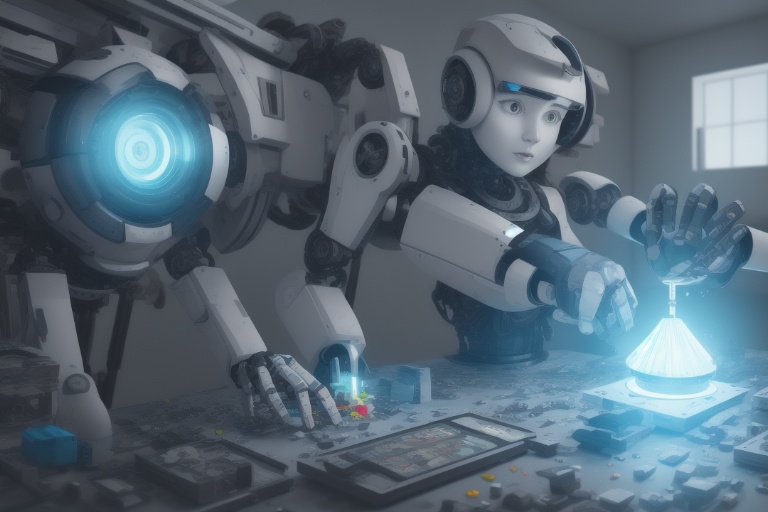
- Details
- By:
- Category: Machine Learning
Artificial Intelligence (AI) has been taking giant strides, reshaping the technological landscape and altering the way we experience the world. One of the most noteworthy developments in this domain is AI's ability to replicate human voices with astonishing precision. This innovation transcends the once typical robotic intonations of machine-generated speech, and instead, offers voice clones that are strikingly realistic, leading to a revolution in fields ranging from entertainment to communication. But, as with any groundbreaking technological advancement, this capability raises critical ethical questions and presents challenges that demand attention.

